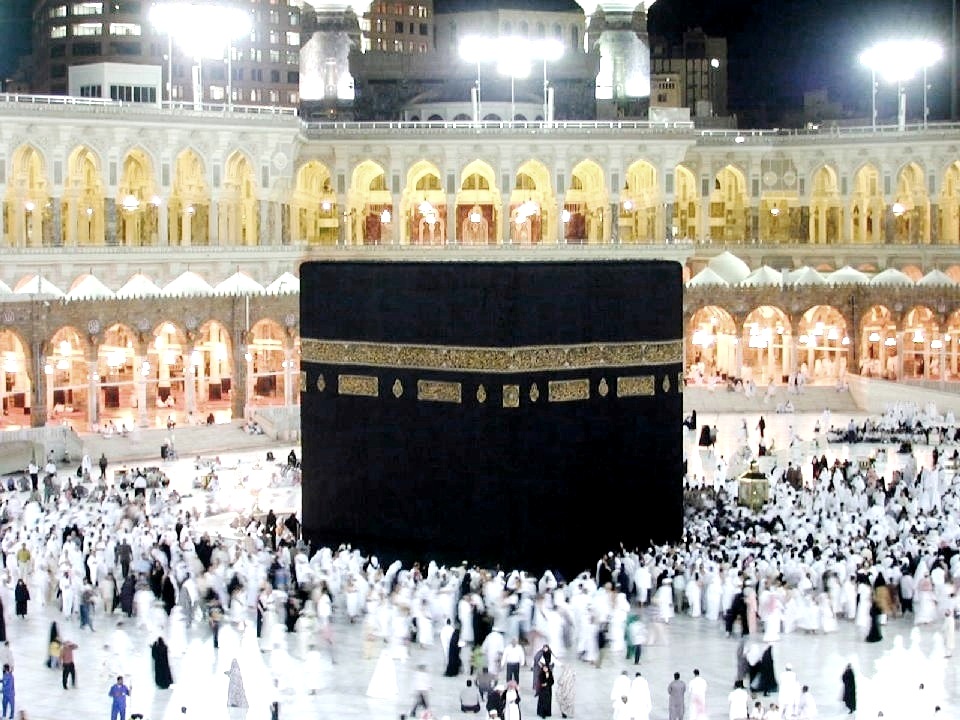

For several decades Saudi Arabia has employed a calculated lunar calendar which is commonly referred to as the “Umm al-Qura calendar”. It is also followed by several neighbouring states on the Arabian Peninsula such as Bahrain and Qatar.
Many Muslim communities in non-Islamic countries also tend to follow the Umm al-Qura calendar as its use in mosques funded by Saudi Arabia and in modern computer software (it is the default Islamic calendar in the Arabic setting of Microsoft software) becomes more and more prevalent. The Islamic Society of North America (ISNA), the Fiqh Council of North America (FCNA) and the European Council for Fatwa and Research (ECFR) have announced in the past that they will also follow the lunar calendar of Saudi Arabia.
Nevertheless, the Umm al-Qura calendar is often criticized by other Muslim organisations and communities who base their calendar on the actual sighting of the lunar crescent (hilāl). Especially around the month of fasting (Ramaḍān) and the month of pilgrimage (Dhu ʾl-Ḥijja) the Umm al-Qura calendar often causes confusion when the dates observed by different Muslim communities for these major Islamic festivals are found to differ by one, two or even three days.
In the past, details of how the Umm al-Qura calendar was actually regulated were difficult to obtain but the general consensus of most specialists was that it was not based on the actual sighting of the lunar crescent.
Only recently has more information become available which now makes it possible to reconstruct the calendar adopted on the Arabian Peninsula in the recent past and to predict its future course for many years in advance.
This website provides a Umm al-Qura calendar converter based on the astronomical algorithms which are currently used for its computation.